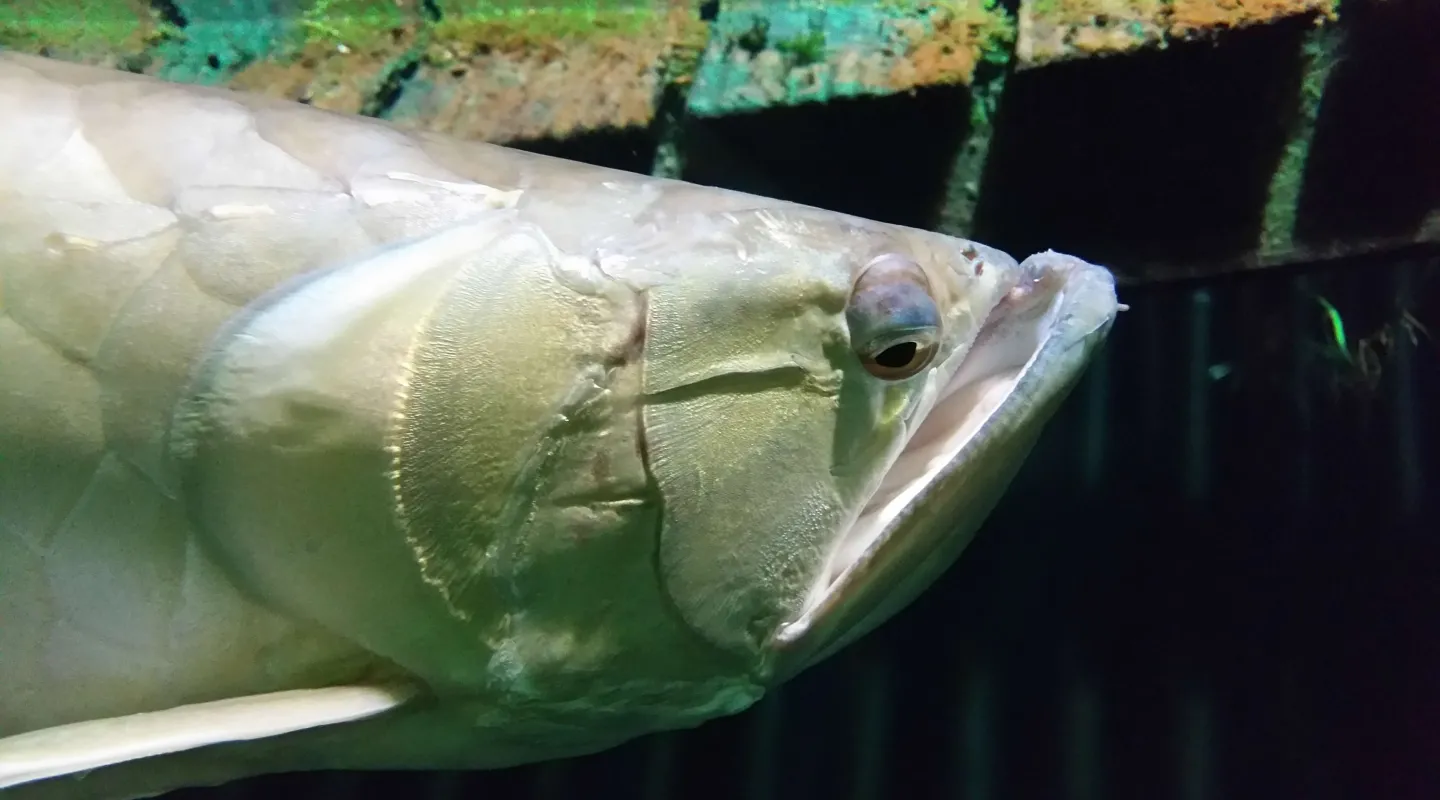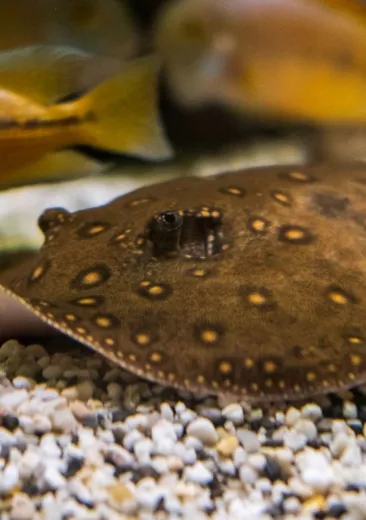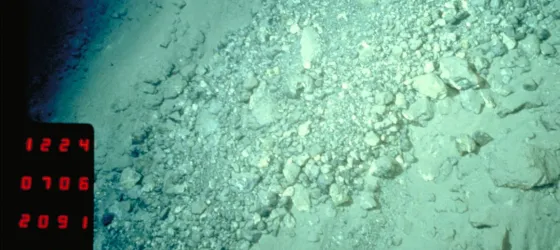By reproducing this natural behaviour, they maintain their musculature as champions of the high jump!

Identity card
Arowana
- Scientific name:
- Osteoglossum bicirrhosum
- Family:
- Actinopterygii
- Class:
- Chordata
- Phylum:
- Osteoglossidae
- Year of description:
- Cuvier, 1829
- IUCN Status:
- Not Evaluated
- CITES-status:
Not evaluated
- Distribution:
-
South America, in the Amazon River basin.
- Habitat:
-
It is found in fresh water, in the Amazon River.
- Size:
It can grow up to 90 cm in length and reach a maximum weight of 6 kg.
- Diet:
-
The arowana is omnivorous. It feeds mainly on small fish at the surface, but it also feeds on grasshoppers, ants and bee





